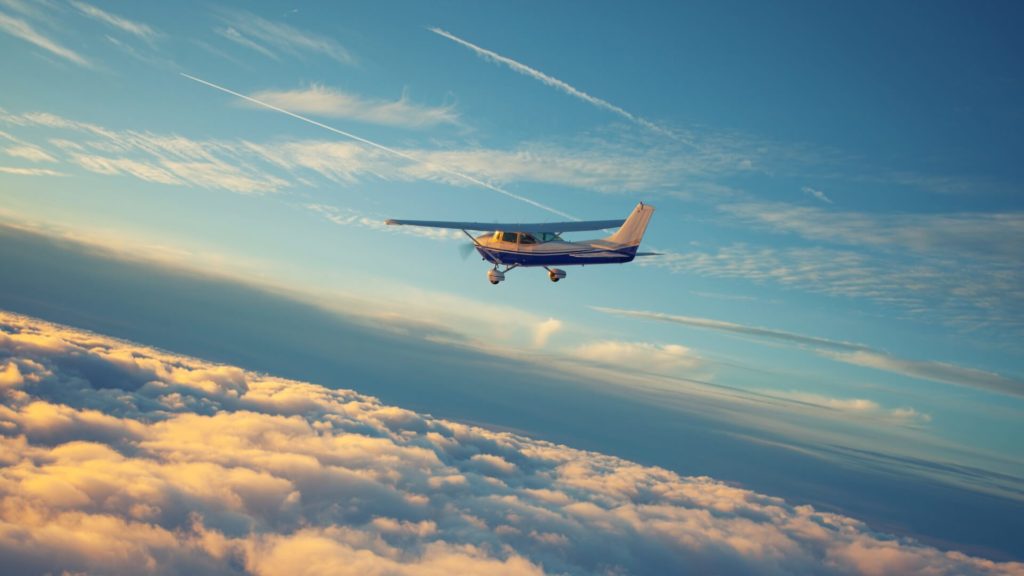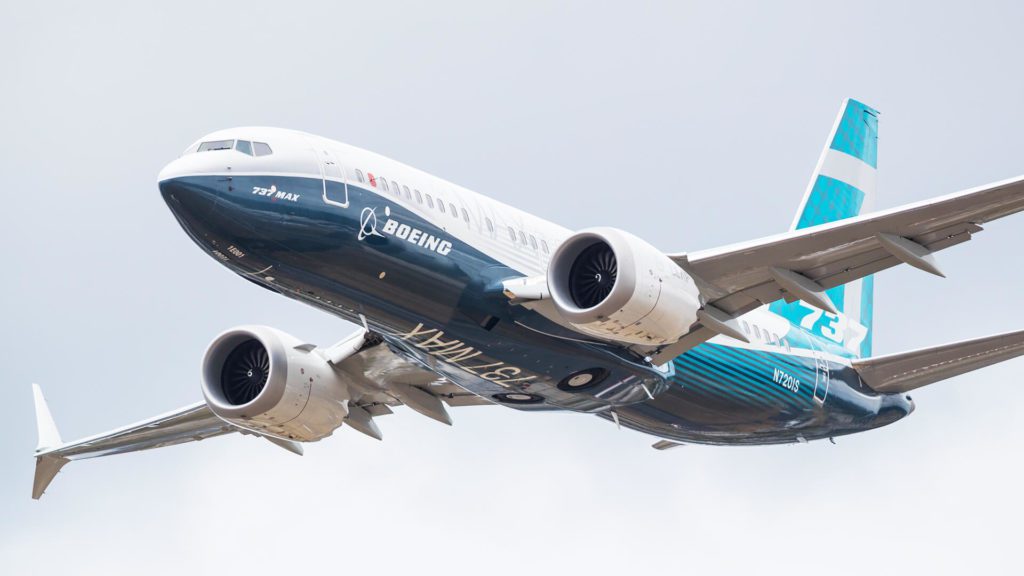
Aviation Accidents Overview
While many believe flying is much safer than driving, it still carries inherent risks. When traveling at high speeds and altitudes, there’s little room for error. A minor mechanical issue, a moment of misjudgment, or an incorrect response can quickly escalate into a disaster, endangering passengers and even people on the ground.
The National Transportation Safety Board (NTSB) has conducted extensive investigations into aviation crashes and found that most of them are preventable. These crashes can involve helicopters, small private planes, or large passenger jets. Common causes include mechanical failures, pilot errors, poor maintenance, and inadequate training. By addressing these issues, many accidents could be avoided, making air travel significantly safer.
Attorney Mike Andrews from Beasley Allen specializes in aviation litigation and has earned recognition as one of the Top 10 Aviation Attorneys by the National Trial Lawyers Association. He is currently representing the families of victims in the Ethiopian Airlines crash investigations.
Boeing 737 Max 8 Crashes
In less than five months, two Boeing 737 Max 8 crashes involving Lion Air and Ethiopian Airlines resulted in 346 fatalities. Both crashes, occurring in October 2018 and March 2019 respectively, were linked to the malfunctioning Maneuvering Characteristics Augmentation System (MCAS). Despite efforts to develop a fix after the Lion Air crash, it was not implemented before the Ethiopian A Boeing’s irlines crash. Consequently, the 737 MAX was grounded worldwide.
Investigations revealed that Boeing’s retrofitting of the 737 design to compete with Airbus led to significant design flaws, including the problematic MCAS. The crashes prompted scrutiny of Boeing’s practices and the FAA’s certification process, uncovering issues with safety feature omissions and inadequate pilot training.
Passenger Airplane Accidents
Commercial airline safety has significantly improved over the years, but accidents still occur, sometimes with tragic consequences. The leading cause of these crashes is human error, often involving pilots and flight crews.
Mistakes can range from fatigue and poor training to misjudgments and mishandling of the aircraft. Simple errors, such as misreading instruments or failing to follow air traffic control instructions, can lead to serious accidents. Mechanical issues, including faulty equipment and design flaws, also play a significant role. These problems can stem from manufacturing defects or inadequate maintenance, and even the best-trained pilots might not always be able to prevent a crash if the plane experiences critical failures.
Additionally, air traffic controllers are crucial for ensuring flight safety, and their mistakes or negligence can contribute to accidents or near-misses. While flying remains generally safe, these factors underscore the need for ongoing improvements in training, maintenance, and air traffic management to enhance passenger safety.
Helicopter Crashes
Helicopters are incredibly versatile, often called the workhorses of aviation due to their ability to fly vertically, hover, and navigate low altitudes. They’re essential for emergency medical services, commercial transport, law enforcement, recreation, news reporting, offshore operations, logging, firefighting, utility work, and more.
However, helicopters are statistically the least safe form of air transport. Most accidents are due to pilot error, such as inadequate training, poor weather conditions, improper flight planning, and incorrect responses to mechanical issues. Other errors can include faulty air traffic control communications and poor maintenance.
Some crashes are caused by mechanical and electrical failures, which can stem from design flaws or manufacturing errors. Liability for these accidents is often shared among various parties, including the helicopter’s manufacturer, owner, pilot, flight school, dealer, air traffic control operators, maintenance workers, and even owners of obstructive structures like towers and buildings.
Small Private Airplane Accidents
General aviation includes all flights except for military, scheduled airlines, and most cargo jets. This category covers private and charter jets used for flight training, business, recreation, police and firefighting operations, crop dusting, and more.
These aircraft make up over 75% of all air traffic in the U.S., so it’s not surprising that most airplane accidents involve general aviation. According to the National Transportation Safety Board (NTSB), many crashes occur in smaller aircraft like airplanes and gliders used for personal flying. Other crashes involve aircraft used for flight training, agricultural applications, ferrying, and business.
About half of these crashes are due to pilot error, such as flying in poor weather, navigational mistakes, misreading cockpit instruments, ignoring air traffic control, and fatigue. Poor maintenance is another major cause, especially in older aircraft where flaws might not be easily detected. Neglecting thorough pre-flight checks can also lead to accidents.
Meet Our Aviation Accident Attorneys
Related News
On-Site in Ahmedabad, Representing Air India Crash Victims
Less than forty seconds. That’s how long the Air India Boeing 787-8 Dreamliner was airborne…
Air India Crash Investigation
On June 12, 2025, tragedy struck just moments after takeoff from Ahmedabad, India, when an…
We Settle Georgia Airplane Crash Case for Victim’s Estate
Our lawyers, Mike Andrews and Cole Portis, along with lawyers from Mason Carter, have settled…
Beasley Allen Files Wrongful Death Lawsuit for Family of Dekalb County, Georgia Plane Crash Victim
Beasley Allen lawyers, Mike Andrews and Rob Register, have filed a lawsuit on behalf of…
Beasley Allen Announces Boeing Agreement in Ethiopian Airlines Crash Litigation
Beasley Allen’s Mike Andrews represents the family of Juliah Mwashi, a victim of the Boeing…
Beasley Allen Hired to Represent Family of Dekalb County Georgia Plane Crash Victim
Beasley Allen’s Mike Andrews has been hired by the family of one of the victims…
Family of Aircraft Accident Victim Hires Beasley Allen to Investigate Fatal Crash
$6.6 million fine for Boeing over safety, compliance failures
Two years ago, Mike Andrews, a lawyer in Beasley Allen’s Personal Injury and Product Liability…
Wrongful death lawsuit filed for Ethiopian Airlines crash victim
The Beasley Allen Law Firm filed a lawsuit against Boeing on behalf of Sara Yakob,…
Boeing 737 Max 8 – Sacrificing safety to the bottom line?
Ten years ago, Boeing was under immense pressure to compete with its European rival Airbus…
Beasley Allen investigating deadly Boeing crashes
At the request of one of the victim’s family, Beasley Allen is investigating the circumstances…
Beasley Allen files wrongful death lawsuit for pilot’s widow
Beasley Allen has filed a wrongful death lawsuit on behalf of Jean Moir, widow of…












